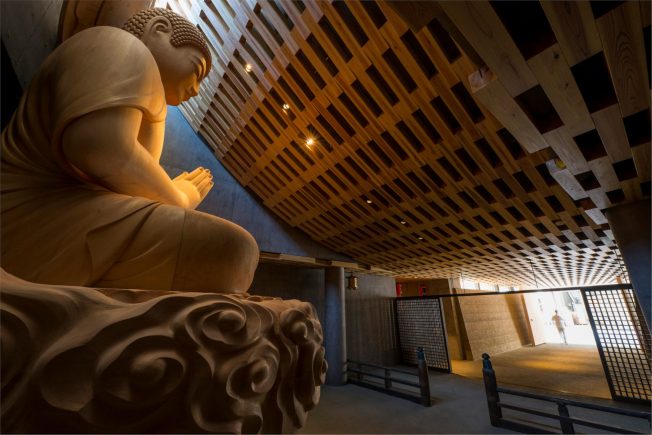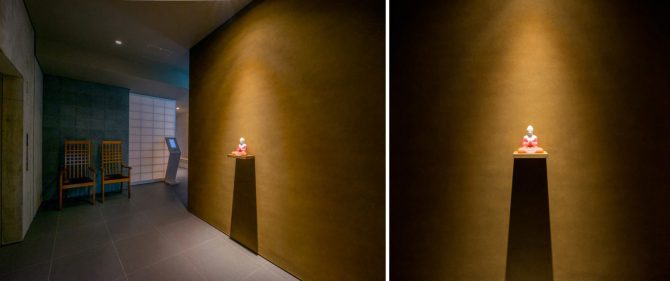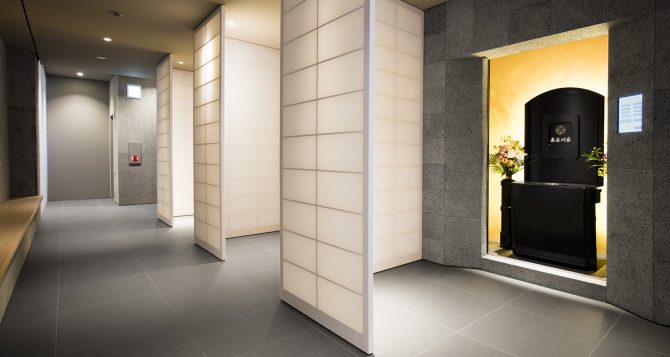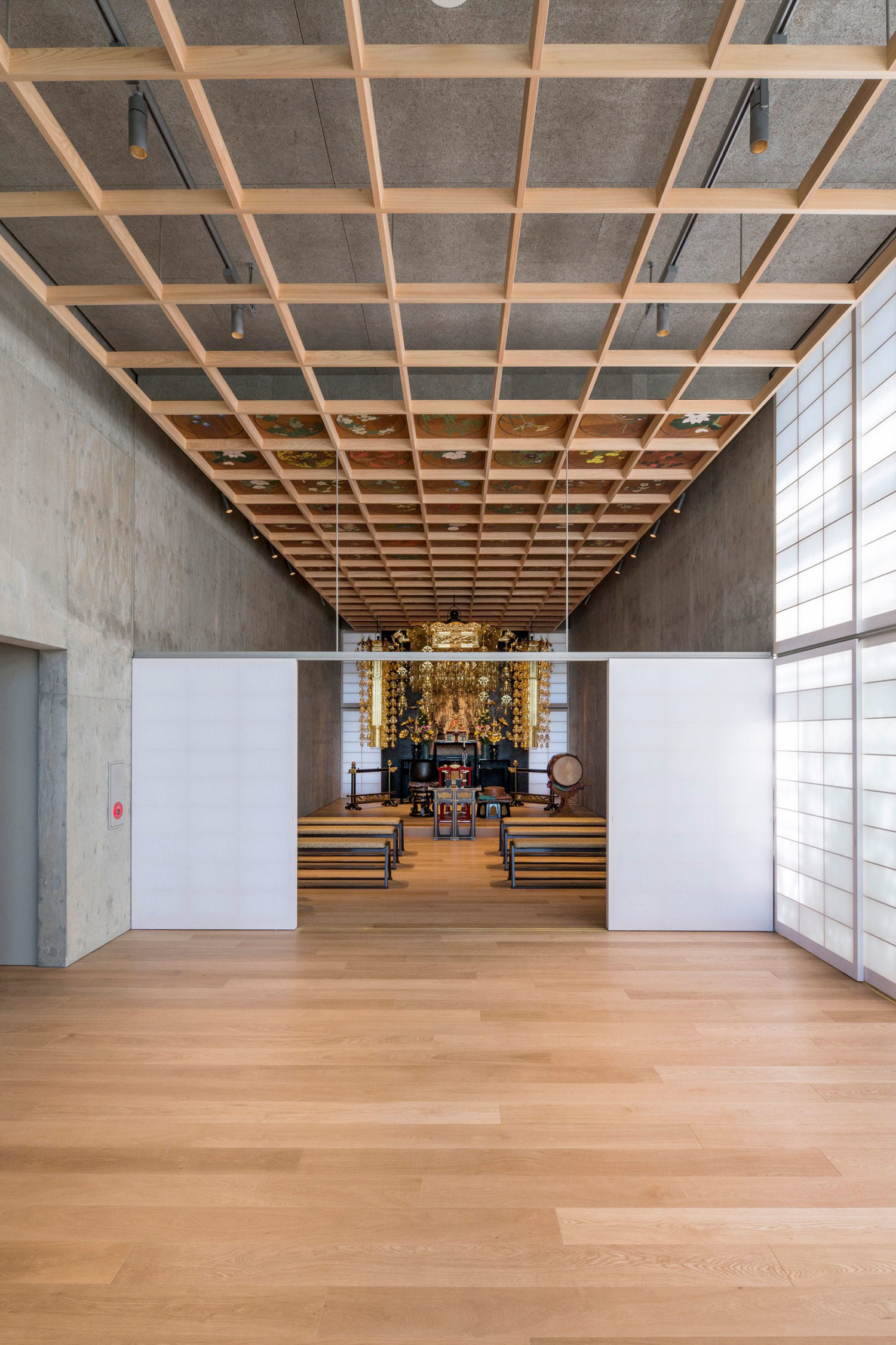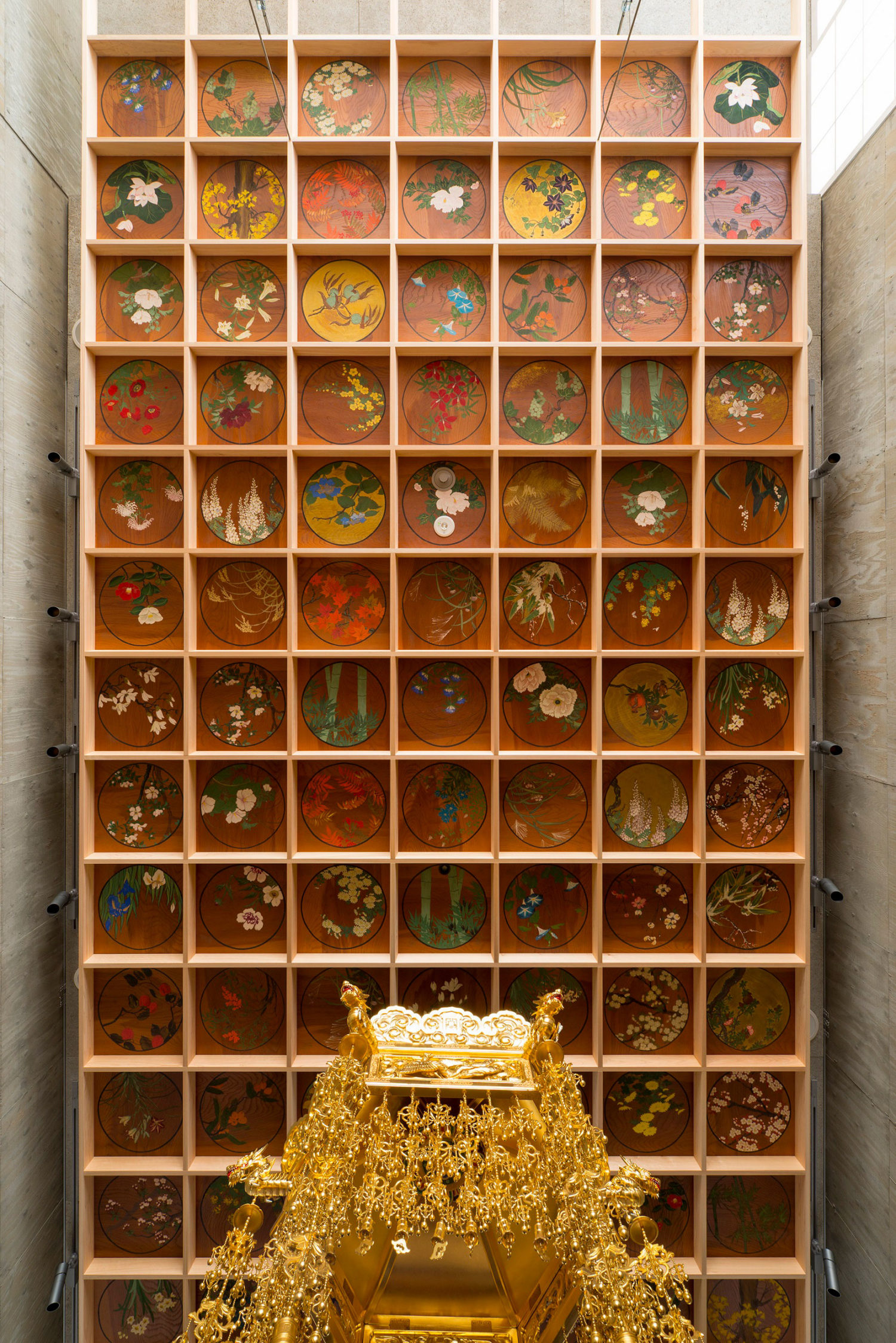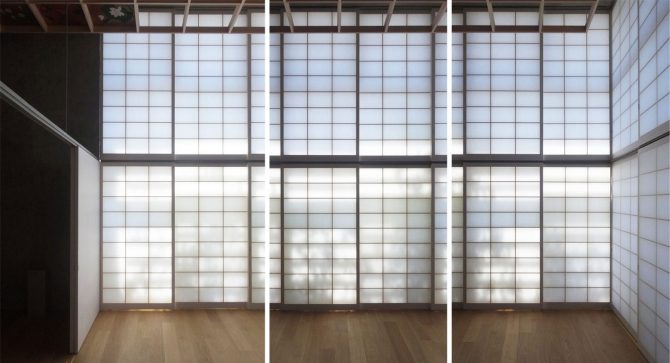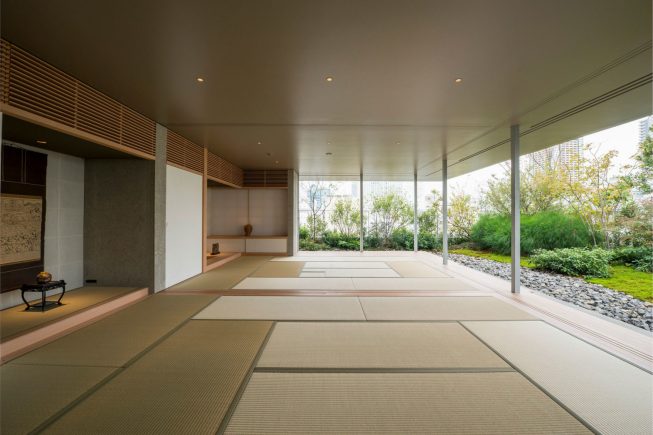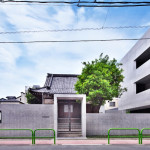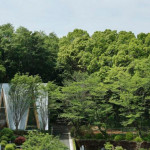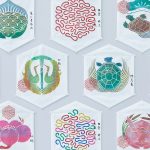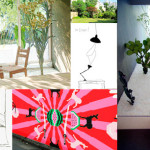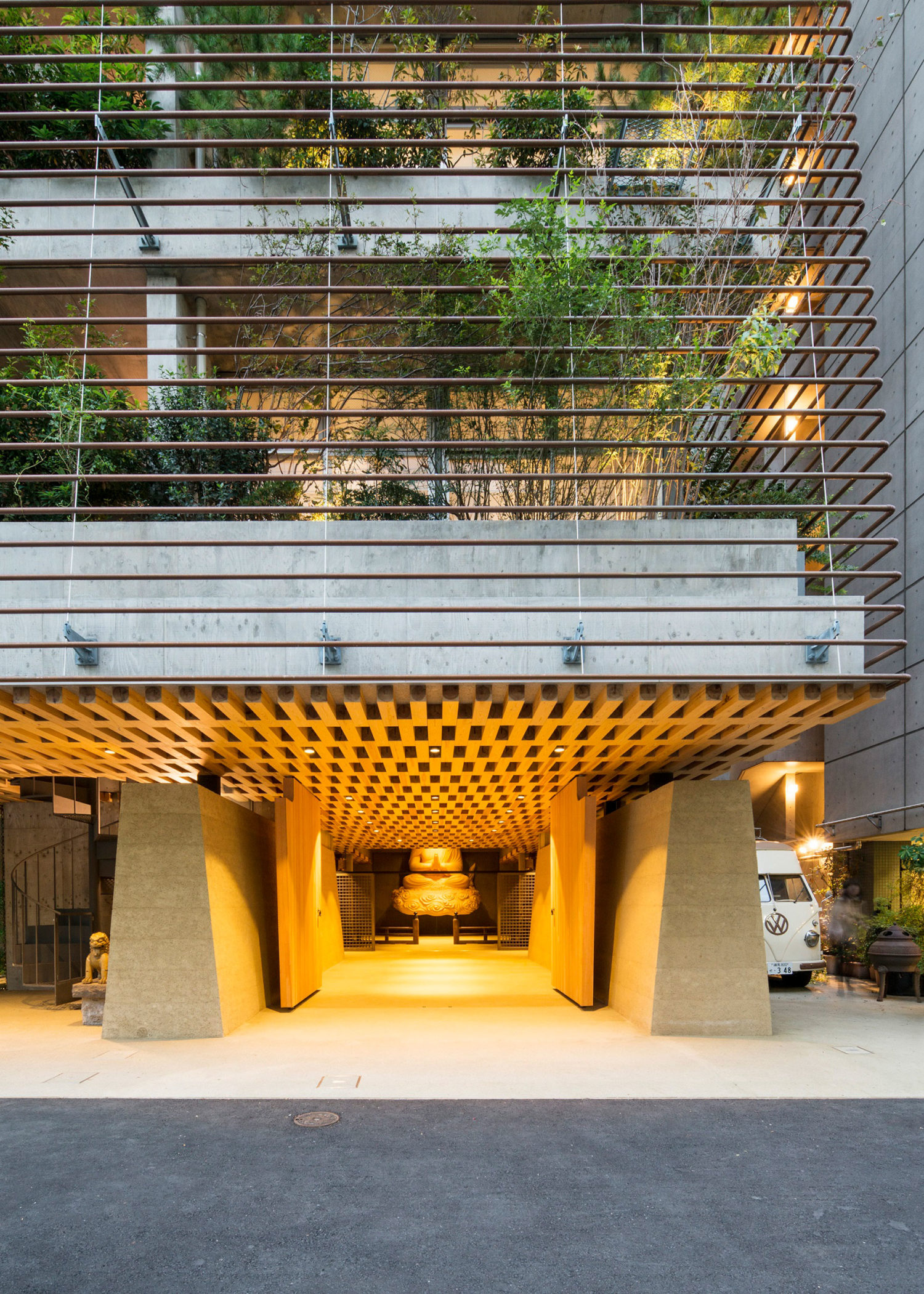
Mt. Fuji Architects is named after Japan’s tallest peak. The architecture firm’s founder, Masahiro Harada, grew up in Shizuoka which is also home to the famous mountain. Back in 2016 when Harada was asked to come up with a plan to renovate a Nichiren Buddhist temple and cemetery in Tokyo that dates back to the early edo-period, he recalled the words of his grandmother: “don’t step on that stone; it could be a grave.”
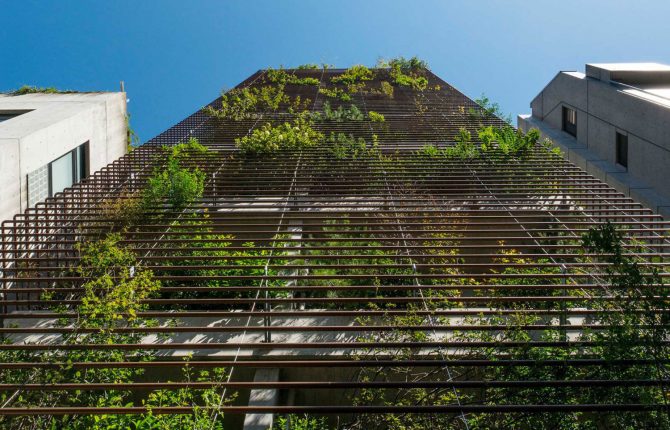
Back in the day, many of Japan’s temples had been erected on the side of mountains, hence the term yamadera (literally, mountain temple). Over time, the graveyards that would fall into disrepair would blend into the mountain, and you had to be careful where you stepped because it was hard to differentiate a gravestone from a natural stone. Tokyo’s urban landscape couldn’t be more different a setting, but Harada set his mind to designing a yamadera that could accommodate the needs of an urban community.
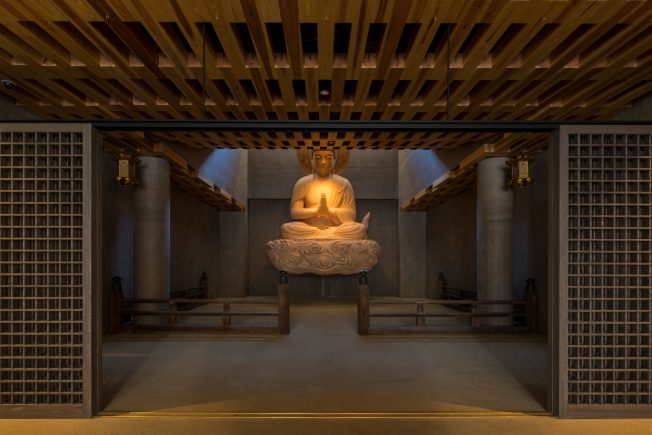
Completed in June of 2018, the new Sengyoji Temple, located in Ikebukuro, is a towering 7-story structure that manages to maintain a certain modesty thanks to a blend of materials. Copper blinds cover the whole facade and each floor has shoji screens and planters that were sourced with trees and shrubs that were local to the Kanto region.
The ground level features a large, floating wooden Buddha statue whose corridor opens up onto the street, welcoming in all who pass by. The 2nd – 6th floors have visitation rooms where, for a fee, families can store a miniature shrine dedicated to their ancestors. Upon arrival, an ID card automatically triggers a mechanical system that fetches your family’s shrine and delivers it to the visitation room. The top floor houses the main prayer hall. Harada manages to connect community, spirituality and nature all through architecture, creating a divine mountain temple in the middle of Tokyo.
